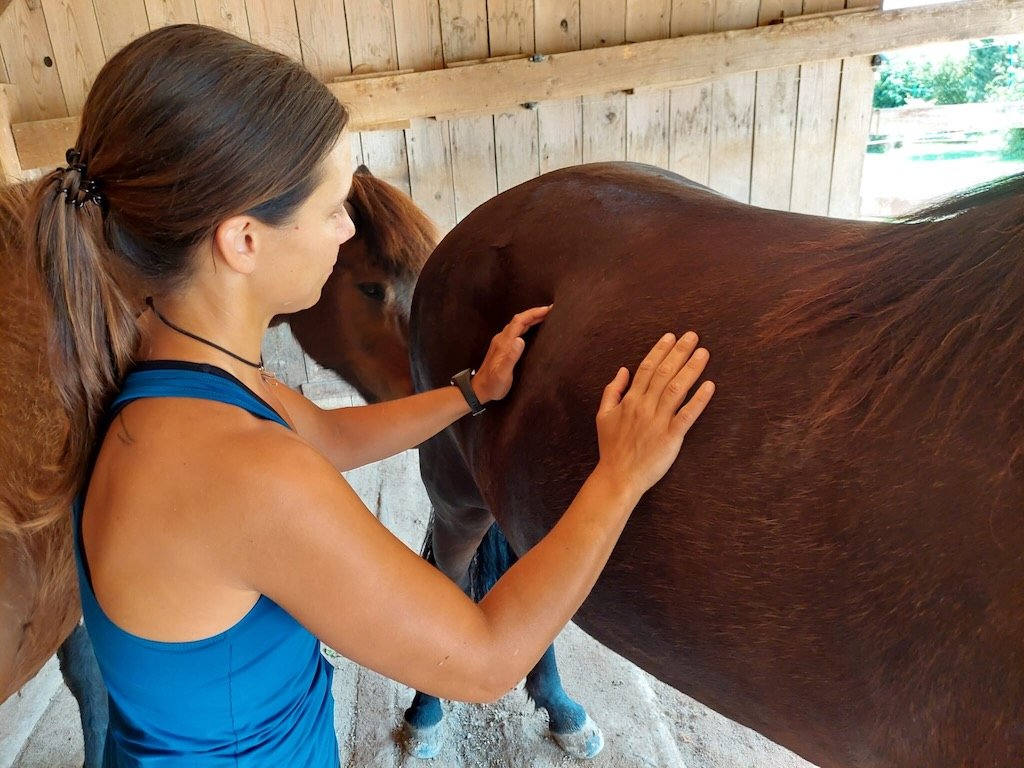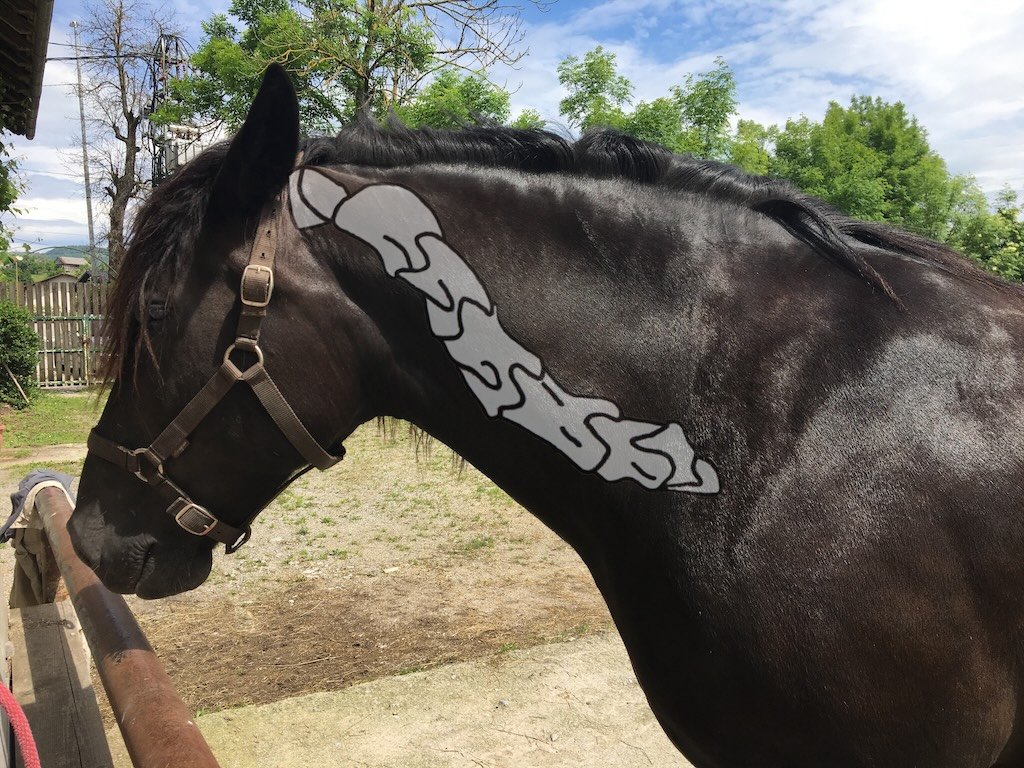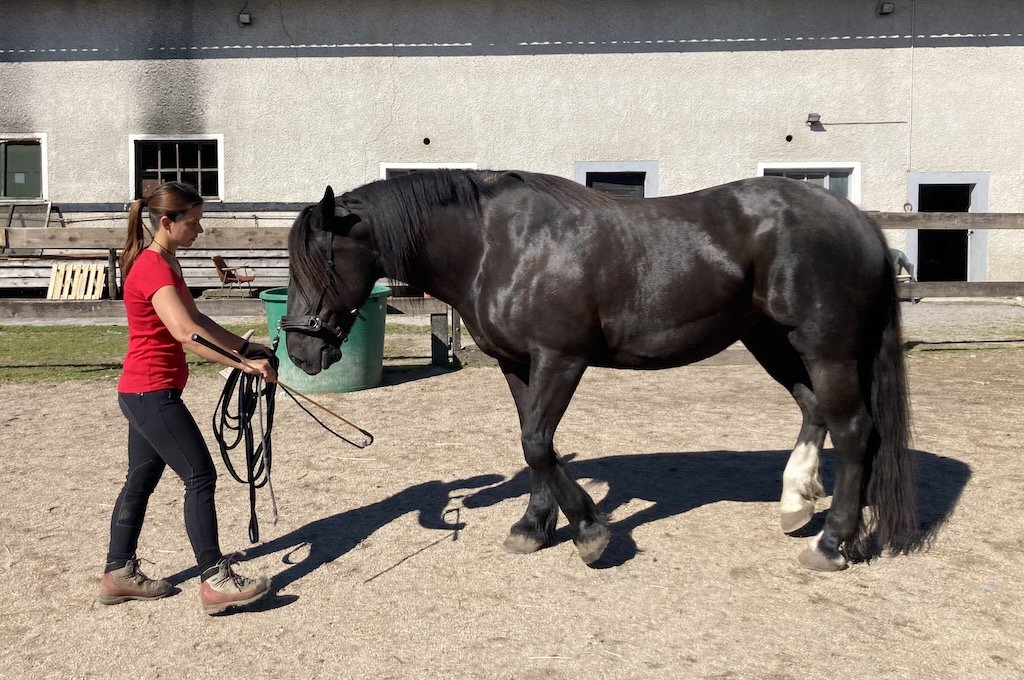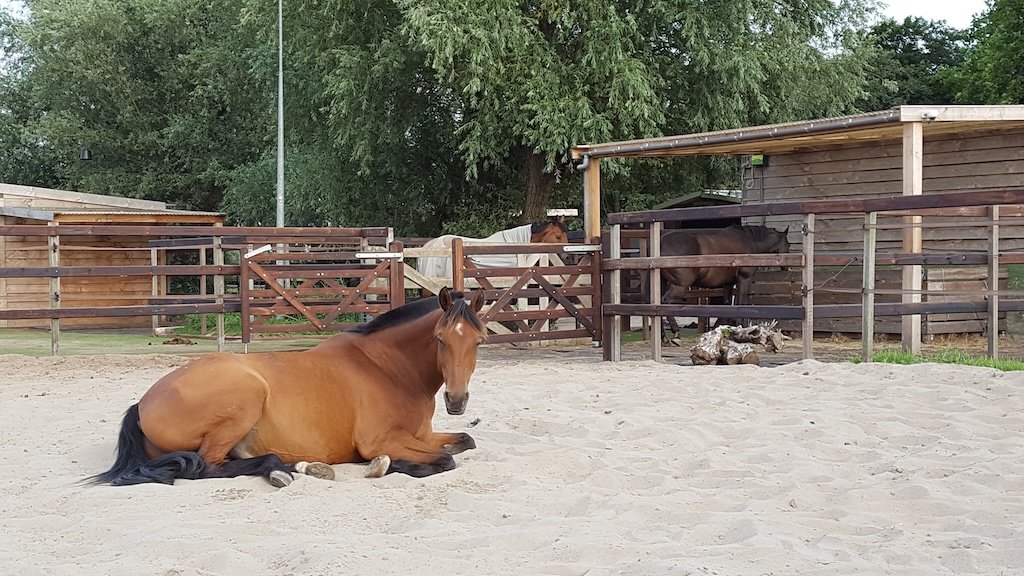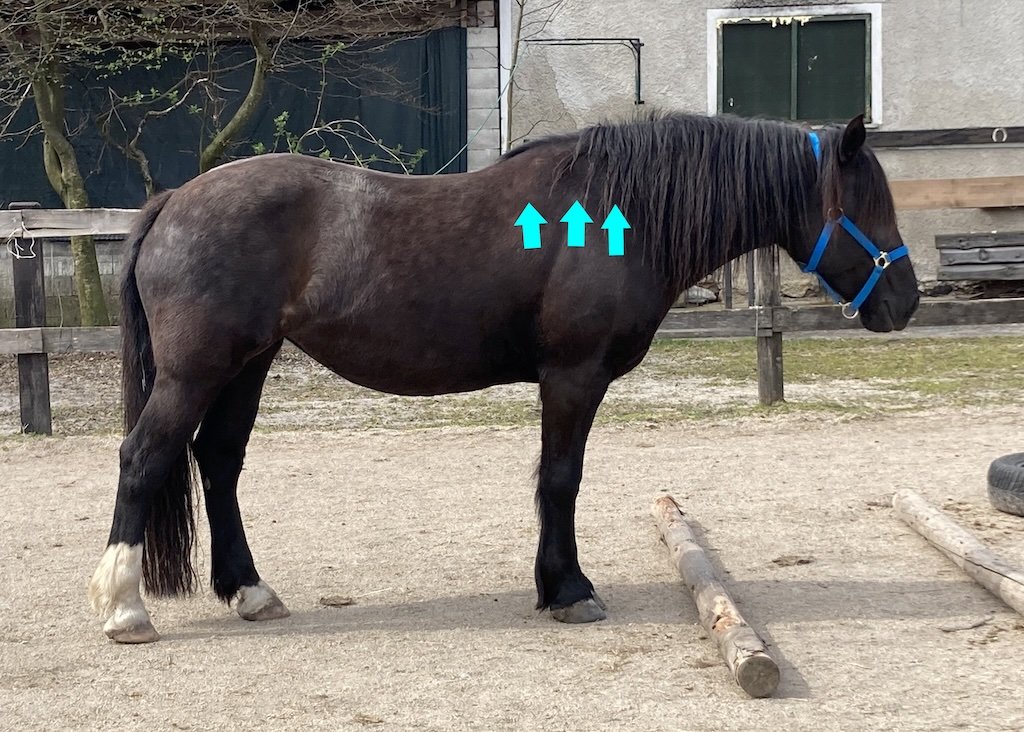Taking care of the ribcage
Try these two bodywork techniques to restore range of motion and enable to ribcage to function better.
Thoracic sling – a lesson in anatomy
Understanding the anatomy of the thoracic sling is essential in our ability to make good decisions when it comes to training our horses.
Riding bareback – yes or no?
A question that often comes up is whether or not it's ok to ride the horse without a saddle. As always, the answer will be – it depends. Riding bareback can be a good opportunity for the rider to be better balanced and to learn how to better use his core muscles, but it can have negative effects on the horse.
Transitioning to outside living
Track systems and outside living are great for horses, as they have massive health benefits. When transitioning to a more natural way of life, make sure to give your horse plenty of time to adjust.
5 groundwork mistakes to avoid
Groundwork is an excellent tool if used properly. Here are 5 common mistakes that compromise the beneficial effects of this kind of work.
Every pull-back incident is a big deal
A horse pulling back while being tied is a scary sight to witness and it should always be taken seriously.
It's not what you do, it's how you do it
When it comes to which exercises are appropriate for a specific goal, it all depends on the manner in which they are executed.
How often should you get your saddle checked?
Saddle fit is crucial to soundness and performance, so make sure to get your saddle checked regularly by a qualified professional.
Stress and the thoracic sling
Stress is bad for so many things, including locomotive problems. A stressed horse will be more likely to overextend the base of his neck, causing many issues.
Tightness – what is the body protecting?
Tight muscles are most often a symptom, not a standalone issue. Whenever we are dealing with recurring tightness, we need to ask ourselves - what is the body trying to protect?
Do foals and youngsters need bodywork?
Even though they are not in work, foals and youngsters still benefit from bodywork. Solving minor issues ca prevent bigger problems further down the line.
Not all muscles are created equal
Is there such a thing as too much muscle development? You bet! Here is why it’s important to differentiate between two major groups of muscles.
When addressing the body, address the feet too!
The feet impact the body and the body impacts the feet. When dealing with dysfunction, it is crucial to address both.
The trouble with mud
Picking the lesser of two evils – turn the horse out into a muddy pasture or lock them inside?
Winter is over – time to get back to work!
If your horse has had some time off from work in the winter, now is the time to start slowly bringing them back to work.
Is your horse sleep deprived?
Sleep deprivation in horses is a topic that is only starting to be discussed more widely, and it might be more prevalent than we think. Here are some signs to look for.
The challenges of good posture – a case study
While static posture can tell us a lot about how the horse uses his body, it doesn’t tell the whole story. Here is an example of a well-functioning horse with poor static posture.
The neutral spine and range of movement
A neutral spine enables the horse to move with ease and suppleness and allows him to use his body in an energy efficient way.
Rehabbing girthy horses - Part Two
You've addressed the pain, you've checked saddle fit, but the horse is still acting up while being tacked up. What now? The answer lies in the nervous system.
Rehabbing girthy horses
Rehabilitating a girthy horse can be a long process. The most important thing is to address the cause.
